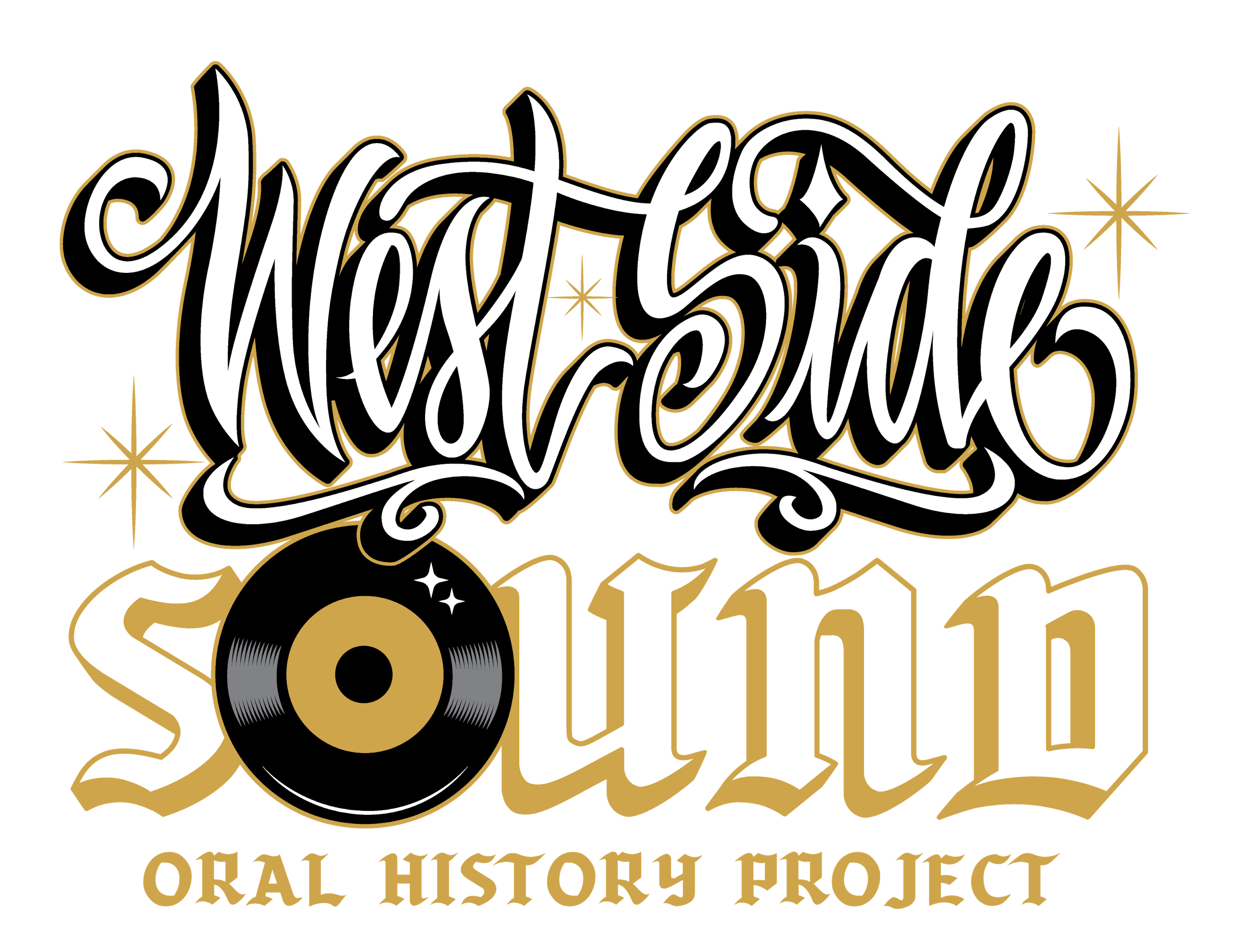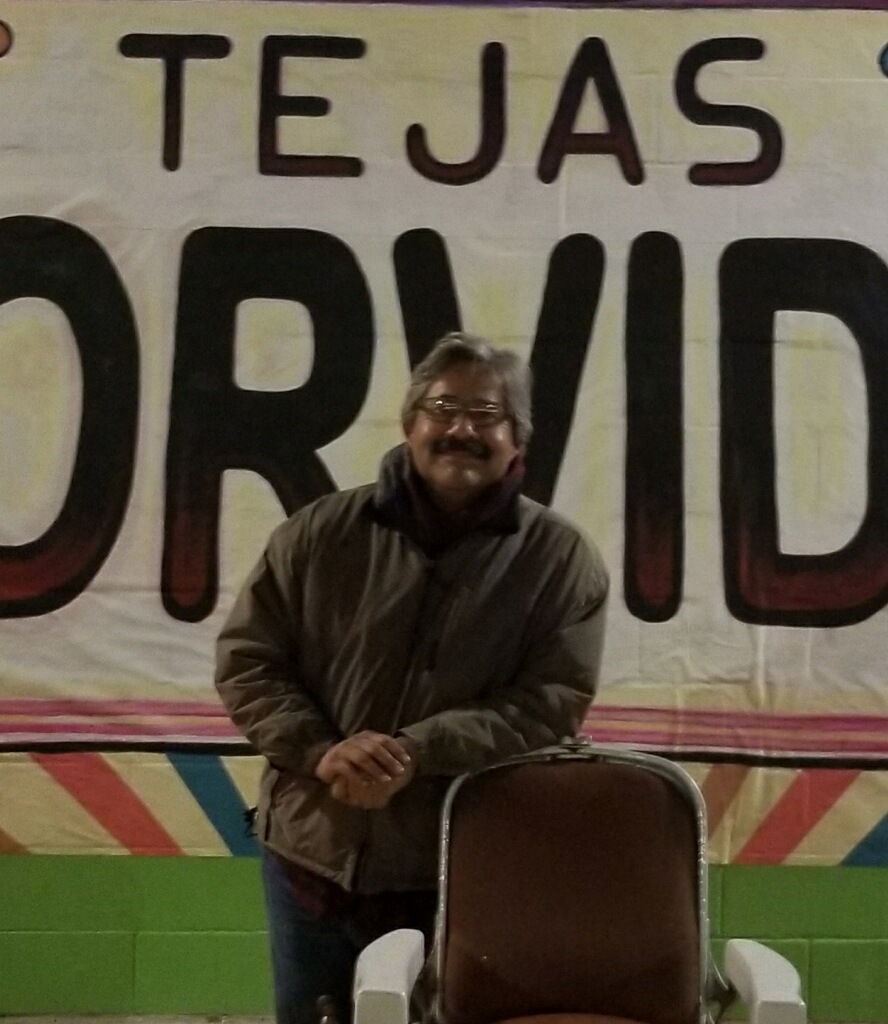
Detroit may have its Motown and New Orleans its Dixieland, but San Antonio can claim its own unique style of music, known as the West Side Sound. An enduring fusion of jazz, R&B, and Tejano music, the West Side Sound exploded onto the scene in the early 1950’s, growing out of the community for which it’s named: San Antonio’s Westside. Now, two professors from UTSA’s Department of Race, Ethnicity, Gender, and Sexuality Studies have made it their mission to study and preserve this heritage as a record of the past, and an inspiration for future generations. Assistant Professor Sylvia Mendoza, and Co-Director of the Mexican American Studies Teacher’s Academy, Gloria Vásquez Gonzáles have been awarded $5,000 through UTSA’s Westside Community Partnerships Initiative for their project, “The West Side Sound Oral History Project.”
Both women have a deep personal connection to the history of the West Side Sound. From the beginning, Gonzáles was immersed in the music and the culture.
“When everybody was listening to the Beatles and everything else, I was still listening to Tejano. For me that’s always been my music,” she said. “That’s how I got my Chicano history at the very beginning, through the music.” She would later work in music publishing and managing, careers that inspired her to pursue her Ph.D. and document the experiences of the women who worked behind the scenes in the music industry.
Mendoza, whose father was a musician, grew up listening to her mother describe the music.
“They didn’t know it as the West Side Sound then as they were living it,” she said, “she just knew it was the dudes from the neighborhood, musicians from the area who were getting together and playing Motown songs.”
From the 1950s to the 1970s, San Antonio was the place to be for new and exciting music. Highway 90 served as a corridor to New Orleans, bringing jazz, swamp pop and zydeco sounds from Louisiana. At the same time, San Antonio’s military tradition meant that servicemembers, especially African Americans from places like Detroit, Chicago, and New York, mingled with San Antonio’s Latino population.
And mingle they did, as Mendoza notes, “The Keyhole Club is noted as one of the first desegregated clubs in San Antonio, and so there was a confluence of black folks, Latinos, and white folks that would show up to the club.”
Such clubs served as both cultural hubs and musical melting pots, allowing diversity – musical or otherwise – rarely matched elsewhere in the south. And though the West Side Sound never enjoyed the widespread popularity of genres like Motown, its legacy still lives on with modern groups exploring and emulating the older styles, and younger fans collecting and holding on to this part of their history.
..."folks wanting to know better their history, have an understanding of their identity and an appreciation of the fact that they come from folks that have really contributed musically.”
“My interpretation of that,” Mendoza said, “is folks wanting to know better their history, have an understanding of their identity and an appreciation of the fact that they come from folks that have really contributed musically.”
This is where The West Side Sound Oral History Project comes into play. Part interviews and oral history collection, part archive of photos and recordings, and part curated exhibit, the project aims to document and display the community history involved.
“It’s not only to document it,” Gonzáles explained, “[it’s] having it somewhere where people can go and have access to it, especially young people…so they can go and learn and see themselves and also see that research is not only something that you get out of books, but it’s in our community.”
 To this end, Mendoza and Gonzáles are partnering with community members Jaime Macias and Norberto “Geremy” Landin. Macias is the owner of Jaime’s Place, a bar located in the heart of the West Side that aims “to serve as a gathering place for the Barrio and Beyond.” Jaime’s Place provides a space for education, community, and advocacy, serving as a community hub, music venue, and recording space for local musicians. Jaime’s Place will also host the project’s culminating event and multimedia exhibits.
To this end, Mendoza and Gonzáles are partnering with community members Jaime Macias and Norberto “Geremy” Landin. Macias is the owner of Jaime’s Place, a bar located in the heart of the West Side that aims “to serve as a gathering place for the Barrio and Beyond.” Jaime’s Place provides a space for education, community, and advocacy, serving as a community hub, music venue, and recording space for local musicians. Jaime’s Place will also host the project’s culminating event and multimedia exhibits.
The researchers are also partnering with Landin, who is involved with local politics and passionate about San Antonio history.
He’s very much invested in documenting the history of our community, listening to our community through his work as the Director of Equity & Social Advocacy with Bexar County, but then also finding ways to explore the musical contributions of San Antonio,” Mendoza said.
While Mendoza and Gonzáles are excited to have community partners onboard, they also recognize the university’s place in a project like this.
“One of the reasons we have UTSA, [is] to serve the Latino community,” Gonzáles said. “So who better to do this, and document this, and put it in the archives for these students to access? It’s only fitting, and I’m proud to be a part of it. This is very important, and we need to do this, and I’m glad UTSA is giving us the support, making these grants available for this type of research.”
Mendoza also believes she and Gonzáles can bring a unique perspective and focus to the research.
“An observation I have of West Side Sound – and of research in general – is there is a tendency to privilege men within the process of collecting and preserving history,” she said.
The two will work to include the women within the history with Gonzáles herself being interviewed for her experiences in the music industry.
The project is expected to finish in May. In the meantime, the researchers plan to invite community members to share their photos and memories of the West Side Sound via social media. Those interested in more information can contact Mendoza or Gonzáles.
- Christopher Reichert

